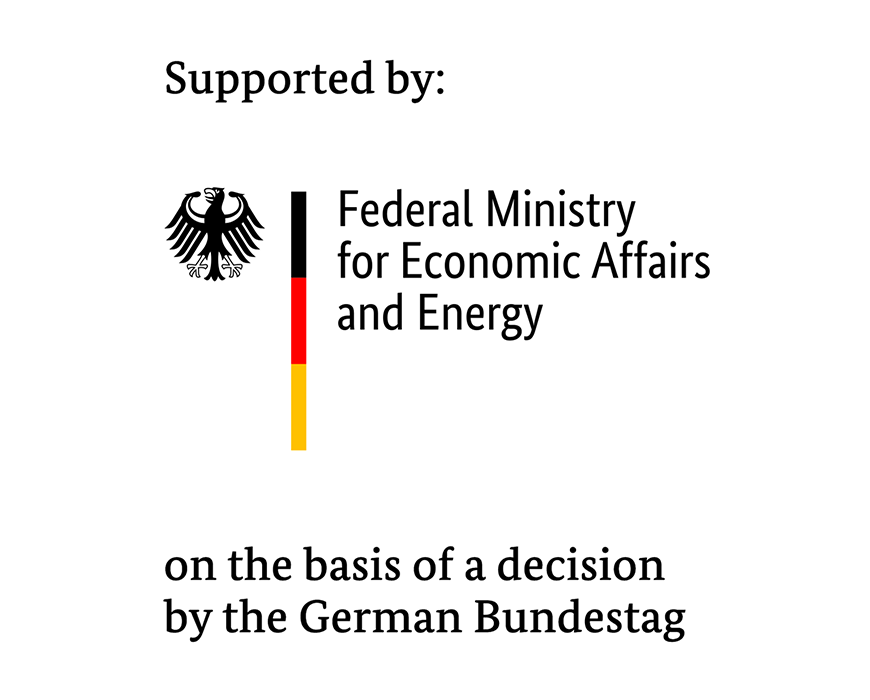At a glance
- The rapid growth of (offshore) wind turbines is now pushing the four-point bearings commonly used as rotor blade bearings to date to their technical limits.
- The HAPT2 research project is investigating to what extent roller bearings can be employed as blade bearings in the next generation of multi-megawatt wind turbines.
- The aim of the full project is to provide answers to fundamental questions regarding the validation of three-row roller bearings.
- In a subproject, Fraunhofer IWES is responsible, besides the testing of full-scale roller bearings and among other things for the development of suitable global finite element (FE) models, which can be used to determine the requirements on the roller bearing and the connection structures.
The challenge
The size of wind turbines has increased extremely rapidly in recent years. This is especially true for turbines erected at sea (offshore). While wind turbines with a capacity of 5 megawatts (MW) represented the standard size just a few years ago, the latest models can now reach capacities of up to 14 MW.
This increase in size is not without consequences for the components, with rotor blades now reaching lengths of up to 120 meters. They are generally connected to the hub of a wind turbine by means of rolling bearings, which allow rotation (pitching) around the longitudinal axis of the blade and thus braking in cases of too high loads among other things.
Ring tilting and ring ovalization are common tendencies with four-point bearings due to their design, and this behavior becomes more pronounced with increasingly larger diameters. Three-row roller bearings represent a viable alternative, but fundamental questions regarding their use as pitch bearing in a wind turbine remain unanswered.
The solution
The aim of the HAPT2 project is thus to close the knowledge gaps in the validation of large roller bearings in order to explore the possibilities and limits for their use in large wind turbines scientifically and develop corresponding test methods.
The added value
Fraunhofer IWES is responsible in a subproject for the determination of the requirements on the roller bearing and the connection structures, with suitable FE models being developed to this end. In addition, the bearing design, the development of the test plan, the test execution of full-scale bearings, and the subsequent evaluation of the tests are also central elements of the subproject.
More info in the PES article, issue 2/2024, from page 86: “Realistically testing large roller-type blade bearings”
